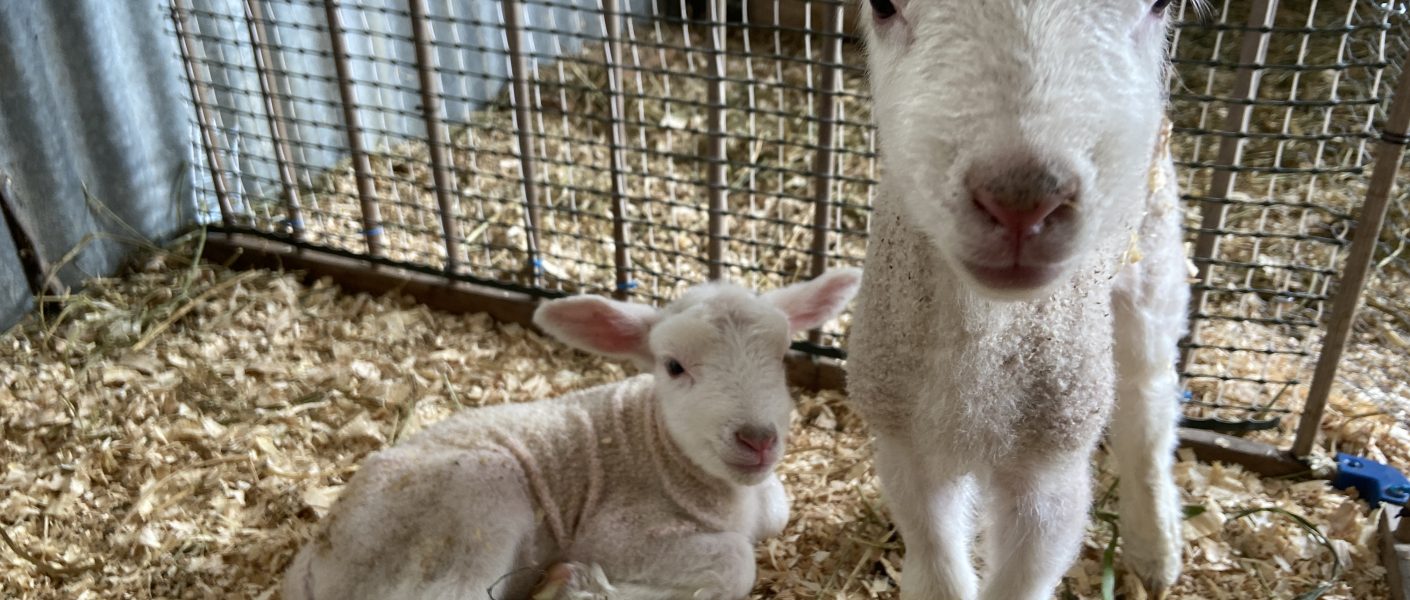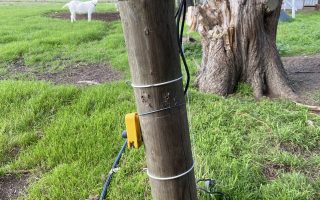If you are a farmer and have livestock of any kind, not just sheep, chances are that at some stage you will need to care for orphans or rejects. Whether they live or die, thrive or barely survive may come down to your ability to read the situation, make some quick decisions, and then act upon them; knowing you have everything you need to be able to keep these new babies alive.
One of the first steps is actually before your babies arrive – being able to recognise a ewe is in labour, and observing her closely to ensure everything is going smoothly. Physical signs include a swollen udder and possible change in shape (babies will usually move a day or two prior to birth so they are presented correctly). Behavioural signs often manifest as removing herself from the rest of her flock, digging a ‘nest’, becoming more vocal, and during the birth process she will be quite restless, moving around, sniffing the ground where she has been laying. If a ewe has been in active labour for more than a couple of hours (pushing, possible presentation of membranous bags of fluid or even a nose or hoof) with no change, this is usually indicative that she may be in trouble. I would not normally allow a ewe to remain with no change for longer than an hour before intervening.

To be very clear, IF YOU DO NOT KNOW WHAT TO DO with a ewe who seems to be in trouble, then GET HELP FROM SOMEONE WHO DOES, whether that be a vet, a neighbour or a breeder. An internal physical examination may be required to determine that the cervix is dilated, the babies are presented appropriately and are still viable.
Sometimes lambs won’t present properly and this may cause the labour to slow down. The ‘normal’ presentation for lambs is the two front hooves with the nose and head just above them. Sometimes a lamb may present with the head and only one hoof, sometimes the head with neither hoof. Occasionally you may find the presenting hooves are the back feet, not the front. If there are only front feet but no head, this may indicate the lamb died prior to presentation, and will usually require veterinary intervention to remove.

Once a lamb has safely arrived and is deemed to be viable, quickly clear the mouth and airways so they can get their first lungfuls of air. Sometimes lambs are born with the membranes still over their head and if this is not removed immediately they will quickly suffocate. An attentive mother will start to lick her new baby, helping to clean it up as well as stimulate it to breathe. If the ewe has died during birth or rejected her lamb, this is something you will need to do. Use a large bathroom towel and vigorously rub the lamb all over – they will be very wet so making sure they are out of the elements is crucial, especially if born during winter. You may need to change out the towel for a dry one after the initial liquid has mostly been removed.

The lamb should try to stand by itself fairly quickly, and start rooting around for something to suckle. The ewe would naturally encourage it towards where her udder is, but if she starts pushing it away or not caring for it, you may need to feed the lamb yourself. If the ewe is still alive and upright, your best option is to latch the baby on to a teat and allow it to get its first feed that way. If it cannot feed, you will have to milk some of the colostrum out of the udder and give to the baby using either a lambs teat and bottle, or a syringe if the lamb is weak. Colostrum is the first milk produced by a lactating animal, and it is imperative that a newborn lamb’s first feed consists of colostrum or failing that, a colostrum replacement. DO NOT give a brand new lamb milk from your fridge! Colostrum contains nutrients and antibodies that are required to help build a newborn’s immune system and invariably I have never seen a newborn animal (calf, kid or lamb) survive beyond a week without getting that first drink of colostrum. If the ewe seems to have an abundance of milk, you might even be able to milk some out and freeze it in very small quantities for future emergencies. Lambs will initially need to be fed about every four hours. You can transition over to lamb milk powder and mix it up as needed less than 24 hours after birth. It is important to follow the directions carefully.
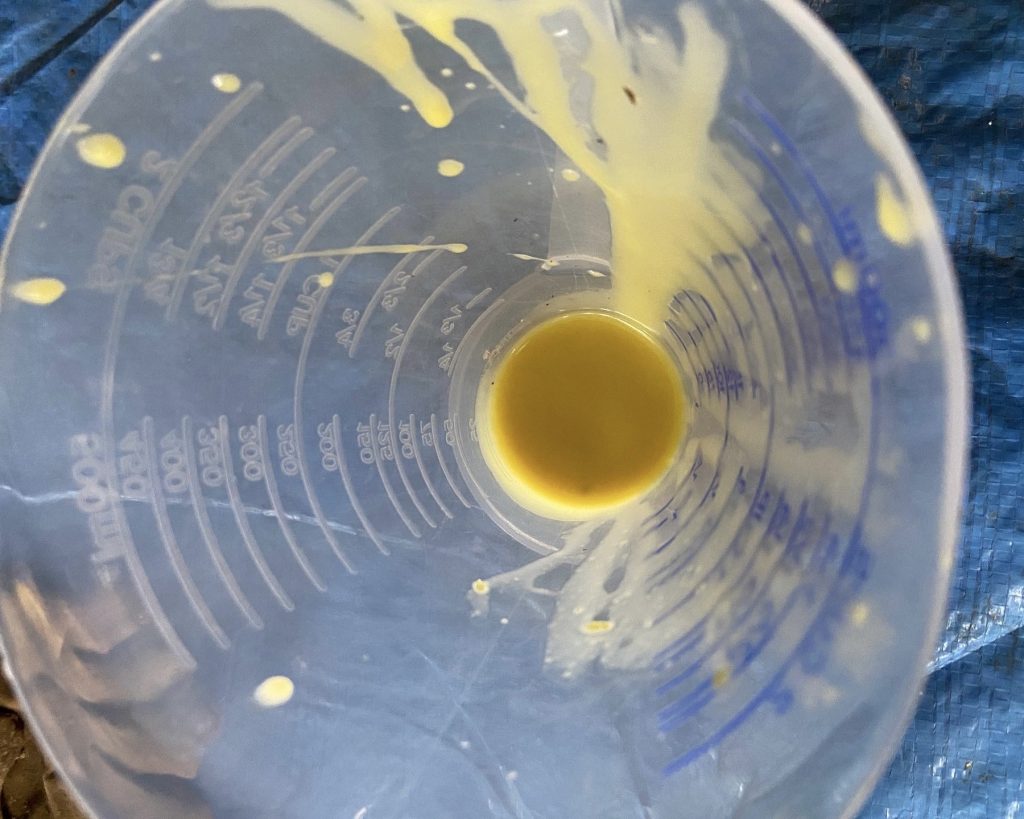
Depending on how vigorous your lamb is, it may require being taken into the house and placed somewhere warm in a basket or box with towels or something else suitable to soak up urine. I have had washing baskets of tiny, weak lambs next to my bed to ensure they got enough feeds during long, cold, winter nights, yet other lambs have been strong enough to withstand being out in the shed (in a sheltered, enclosed space) when only a few hours old. How much initial care they will require depends on how big and strong they are when they are born.
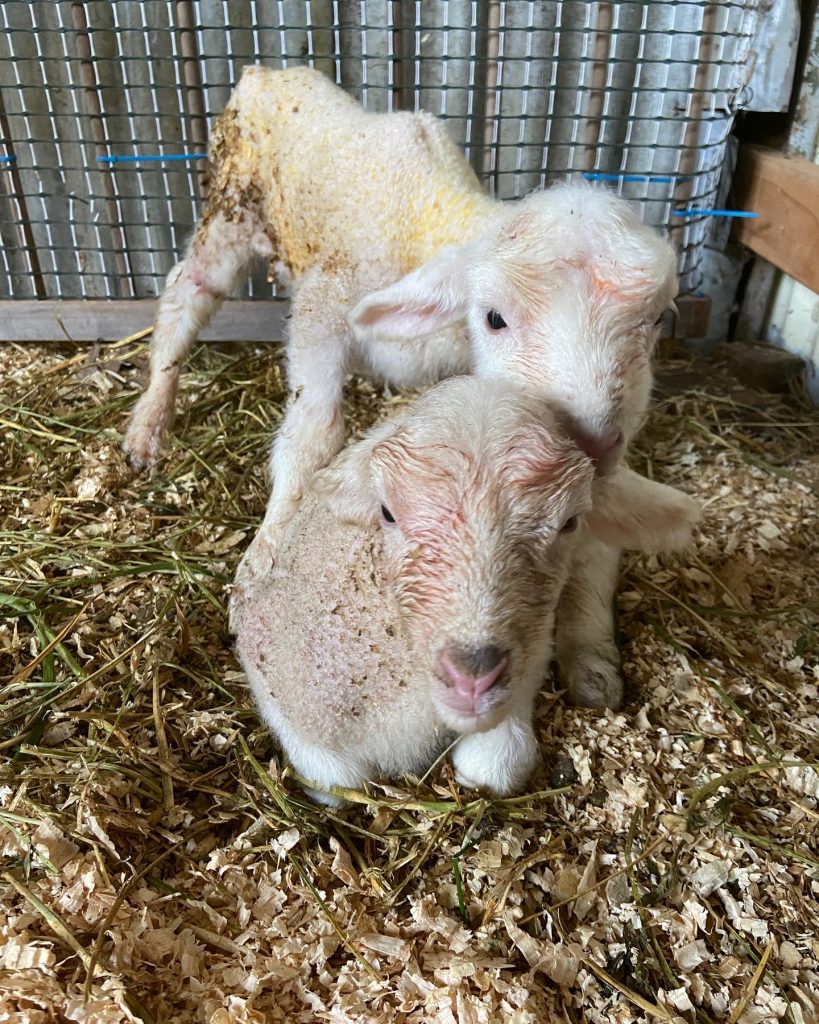
One other thing to watch for in the 24 hours after birth is the meconium or first poo. It should be very sticky and a very dark brown colour. Sometimes when a lamb comes out, it may look yellow not white (obviously this is harder to discern on coloured sheep), which indicates that the lamb becomes stressed during the birthing process and pooed as a result. Sometimes these lambs may be a little more prone to infection. Once the mecomium has been observed, this is indicative that the digestive system is working as it should, and poos following this should be bright yellow.
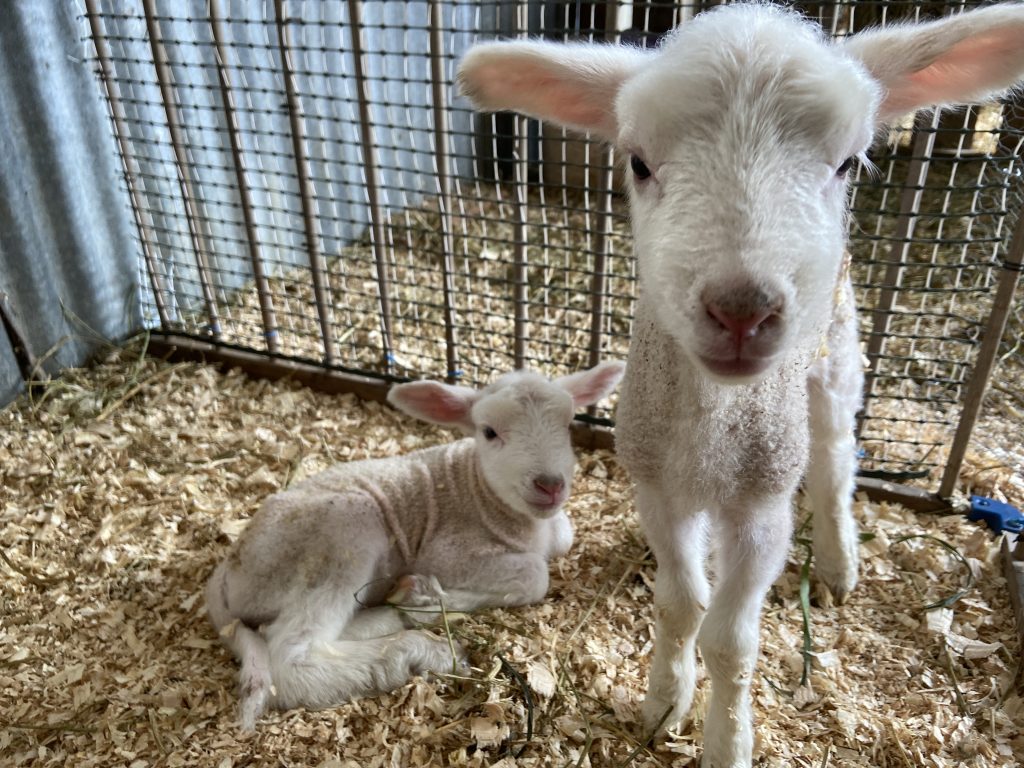
Remember that if you are ever unsure about the health of any of your livestock consult a vet.
Cheers and happy farming!
Chris 🐑

